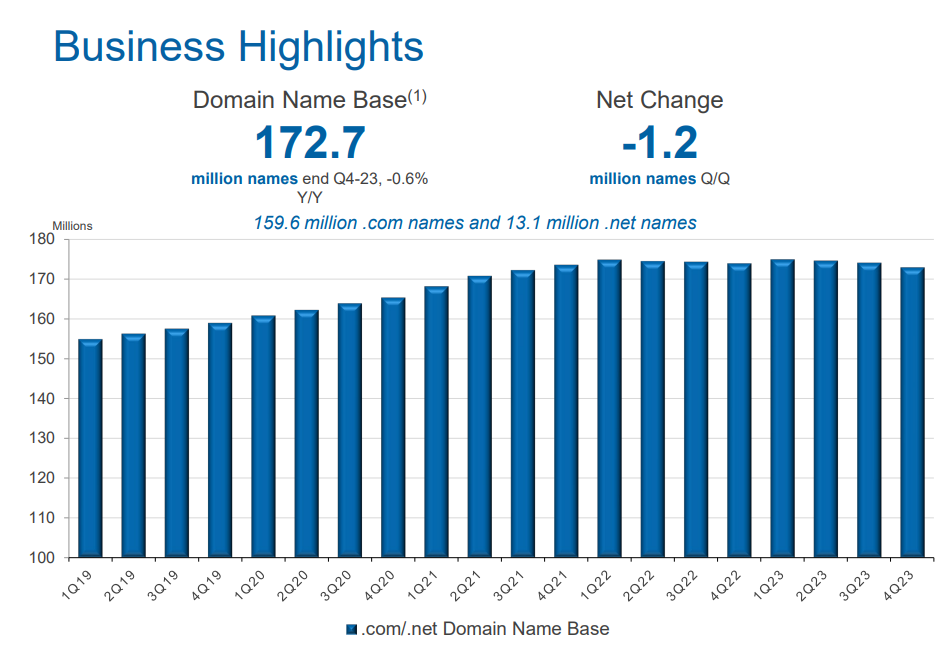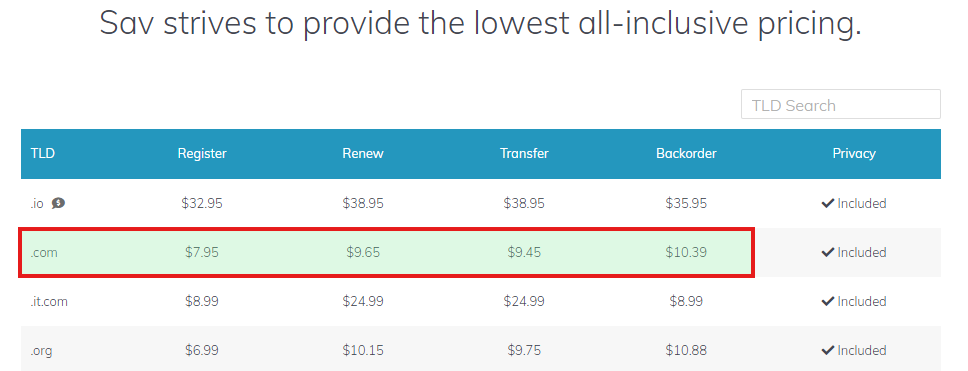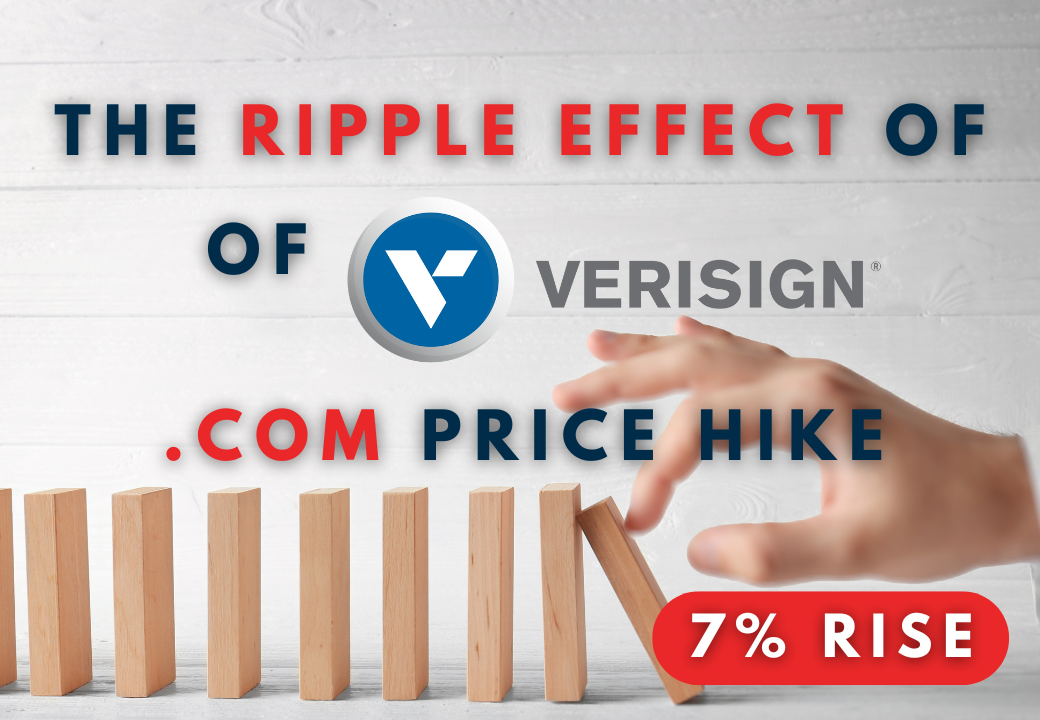Back in February 2024, we highlighted Verisign’s announcement of an impending price increase for .com domains, a move that was set to come into effect in September. We discussed the 7% rise, taking the annual fee from $9.59 to $10.26, and noted how this was part of a broader strategy in response to shifting market dynamics, including declining domain registrations and changing internet usage patterns.
With the price hike set to take effect in just a week and a half on September 1st, let’s revisit the situation and explore the anticipated consequences this decision might have on the domain industry and the broader digital community.
A recap of the february announcement
In our February article, we delved into Verisign’s 2023 earnings report, which not only outlined the company’s financial performance but also provided a roadmap for 2024. A key takeaway was the scheduled price increase for .com domains, which was the final step in a series of allowed hikes over the past four years. This increase was driven by contractual obligations with ICANN and a need to offset the decline in the number of domains managed, particularly due to regulatory and economic changes in markets like China.

The market’s response
Now that the dust has settled, it’s clear that the price hike has had a significant impact, but perhaps not in the ways that were initially anticipated. While Verisign’s argument centered around the necessity of the increase to maintain financial stability amidst declining registrations, the reality is that the competitive nature of the domain registrar market has softened the blow for consumers.
Despite Verisign’s wholesale price increase, robust competition among registrars has kept consumer prices relatively close to the wholesale cost. Some domain registrars, like GoDaddy and Namecheap, have indeed increased their prices, but not always at the same pace as Verisign.

GoDaddy, for instance, has raised its list price to $21.99 this year, up from $19.99 in 2022, but offers significant discounts for multi-year registrations and for members of its Domain Discount Club. Namecheap, on the other hand, has held its prices steady, offering discounts that bring the effective cost close to the wholesale price.
The role of competition
One of the most interesting developments since the price hike is how competition among registrars has played a pivotal role in keeping domain registration affordable for end-users. While Verisign has a monopoly on .com domain registration, the market for domain registrars remains highly competitive, with over 1,000 active registrars vying for customers. This competition has led to many registrars offering .com domains at or near the wholesale price, with some even absorbing additional costs, such as credit card processing fees, to maintain a competitive edge.
For example, Cloudflare has famously maintained its policy of selling domains at cost, and other registrars like NameBright and Sav.com have followed suit, offering .com domains at prices that are almost indistinguishable from Verisign’s wholesale rate. This has ensured that despite Verisign’s price increase, customers can still find reasonably priced .com domains with a bit of comparison shopping.

What’s next?
As we look to the future, the landscape of domain registration remains uncertain. While Verisign has completed its series of allowed price hikes, the broader market dynamics will continue to evolve. The role of competition among registrars will likely remain a key factor in determining the prices consumers ultimately pay for .com domains. Moreover, as new top-level domains (TLDs) continue to emerge, we may see shifts in consumer behavior, with some users opting for alternative TLDs that offer better pricing or unique branding opportunities.
In conclusion, while Verisign’s price hike was a significant event in the domain industry, its impact has been mitigated by the competitive nature of the registrar market. As always, staying informed and being willing to shop around remains the best strategy for consumers looking to secure the best deals on domain registrations. We’ll continue to monitor the situation and provide updates as the domain landscape continues to shift in response to these and other developments.
Kamil Kołosowski
Author of this post.
